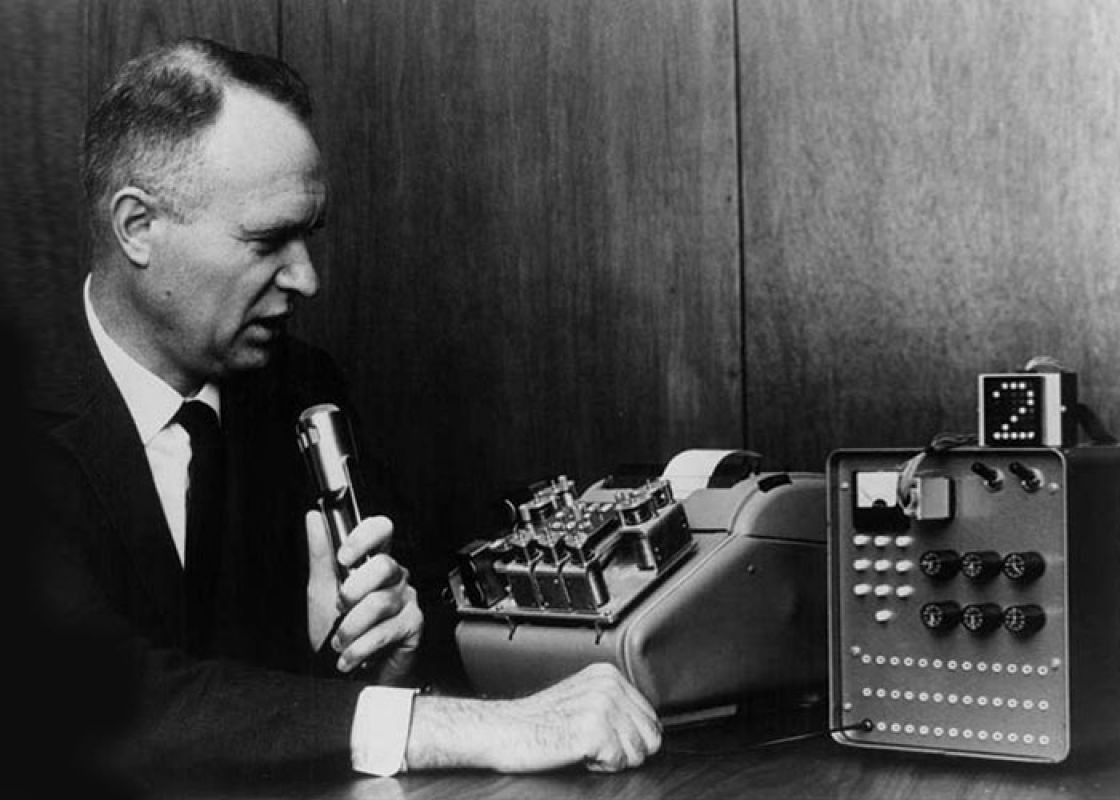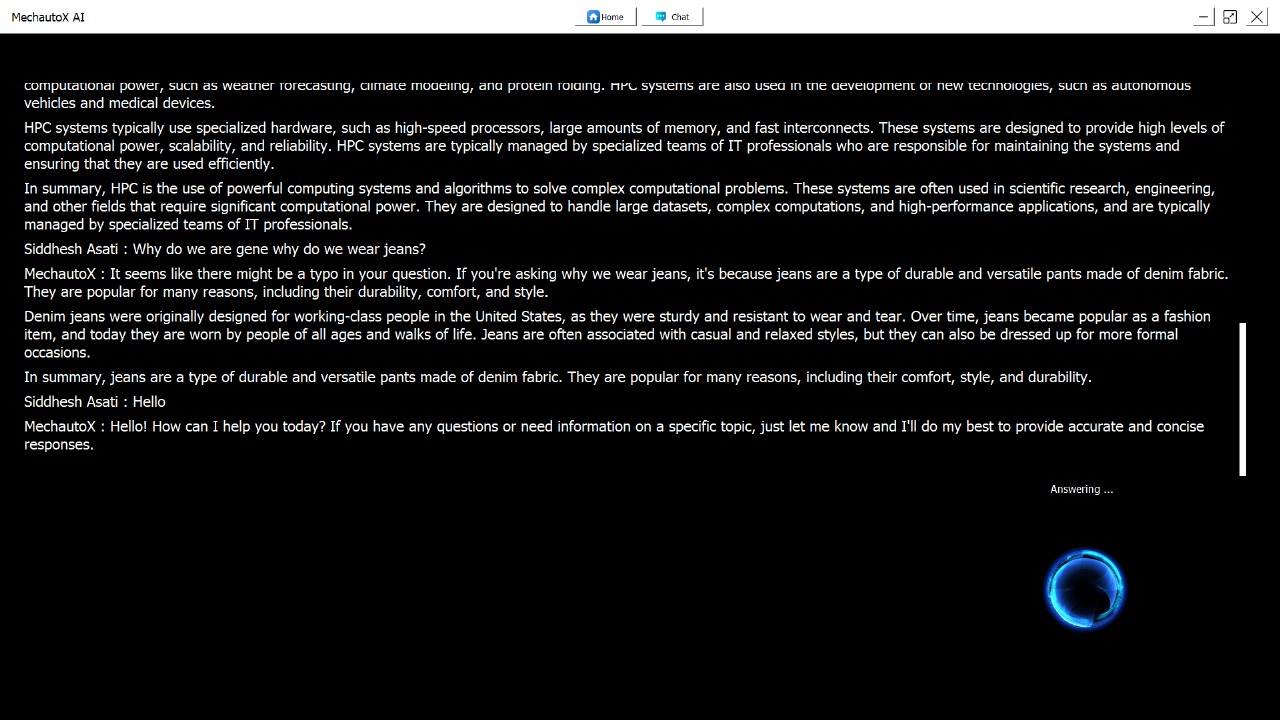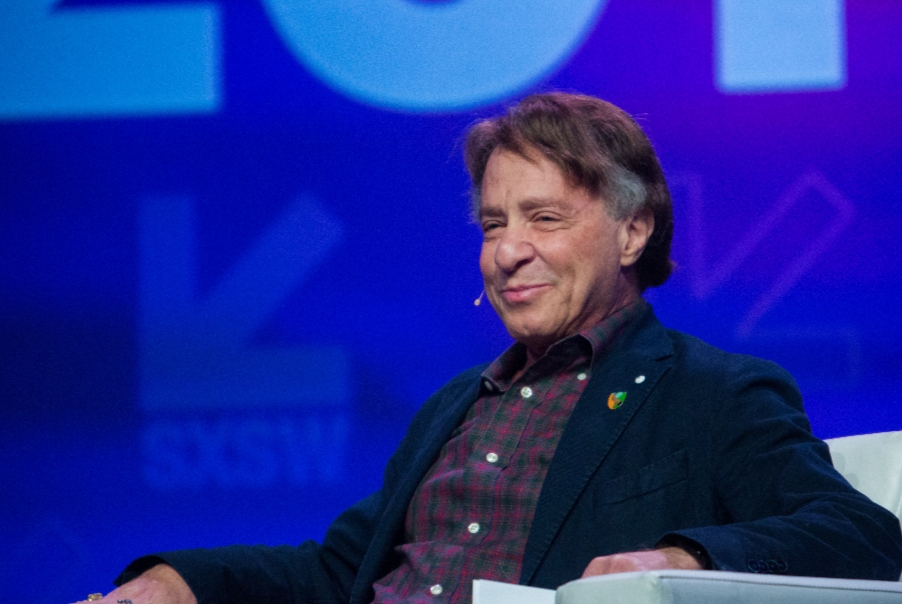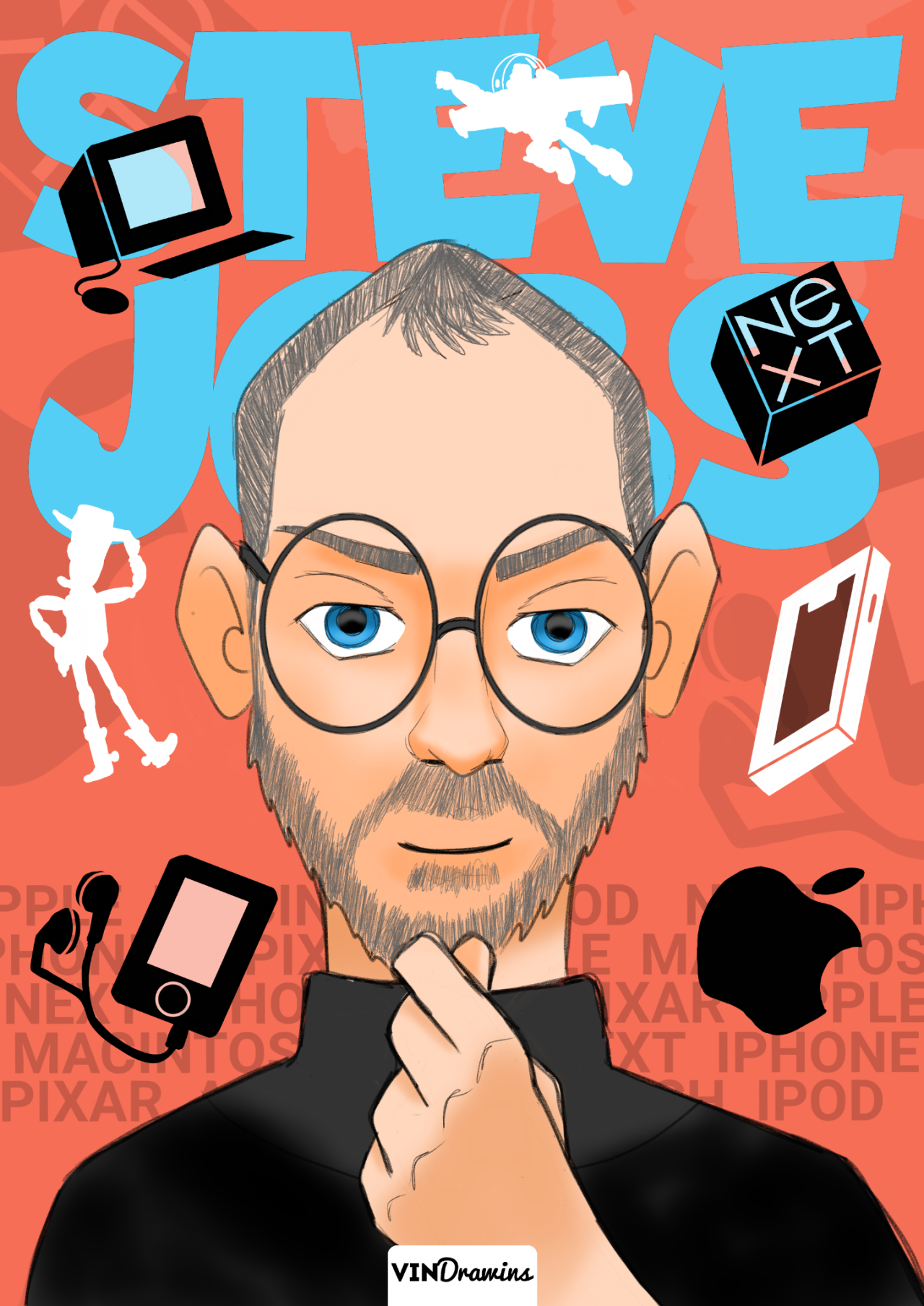Back
Tushar Aher Patil
Trying to do better • 6m
Unknown AI Fact The first AI voice assistant existed in 1961 — and it ran on paper tape. Most people think of AI voice assistants as a modern convenience — Siri, Alexa, Google Assistant — all born in the last decade or so. But the story goes way further back. In 1961, IBM introduced a device called “Shoebox” — one of the world’s earliest speech recognition systems. Here’s the crazy part: Shoebox could recognize **16 spoken words and digits**, but it did so **without a single transistor or microchip.** Instead, it used **analog circuits and paper tape**. Imagine: a machine “listening” and responding — decades before personal computers or smartphones were common. ### Why does this matter? * It shows how long AI research has been in the making, with ideas tested long before the tech was ready. * It highlights how **simple speech recognition was at the start**, compared to today’s complex assistants understanding natural language. * It reminds us that AI progress is a marathon, not a sprint. The journey from Shoebox to Siri * IBM’s Shoebox was a research demo — it couldn’t hold a conversation. * In the 1980s and 90s, voice recognition improved with computers but was still clunky. * Only in the 2010s, with advances in machine learning and cloud computing, did assistants like Siri, Alexa, and Google Assistant become practical and ubiquitous. --- ### The lesson? Great ideas often start small — sometimes very small. The seeds of AI assistants were planted over 60 years ago, in machines using paper tape and analog circuits. Next time you say “Hey Siri,” remember: you’re talking to the descendant of a 1961 machine that could barely recognize a handful of words. 💬 Have you ever used voice assistants? What’s your favorite use case? Drop your thoughts below!

More like this
Recommendations from Medial
Siddhesh Asati
Data Science | Machi... • 4m
🧠 Intelligence Voicebot — The Future of Human-AI Interaction Begins Here 🎙️💡 Intelligence Voicebot is a multi-functional AI interface that combines natural language processing, voice recognition, and intelligent automation into a unified assistan
See More

P sai Krishna
Hey I am on Medial • 10m
Apple has now responded to recent allegations around Siri and its usage without user permissions, announcing in a statement that it refutes claims of allowing advertisers to target users based on data collected through its Siri voice assistant. The s
See More
Farhan Raza
Founder And CEO Give... • 10m
Perplexity, an AI startup, has launched Perplexity Assistant, a new AI-based assistant for Android devices aimed at competing with OpenAI's ChatGPT as well as Apple's Siri and Amazon's Alexa. The tool, supported by Nvidia and Jeff Bezos, is capable o
See MoreOnly Buziness
Everything about Mar... • 4m
“Voice Search Optimization: How to Rank for AI-Powered, Conversational Queries” Voice Search Optimization is the process of tailoring your content and website to match how people speak—not just how they type. With smart assistants like Alexa, Siri,
See MoreBiztechCS
Agile Extended Team ... • 1m
How Virtual Assistants Are Improving Elderly Care and Quality of Life with AI for Elderly Care? Wonder?? At the end of the day, elderly care deserves more than duct-tape fixes. With BiztechCS, seniors gain a guardian angel running on Wi-Fi, while c
See MoreVikas Acharya
Building WelBe| Entr... • 10m
Perplexity AI has introduced the " PERPLEXITY ASSISTANT" a new feature available exclusively for Android users. This assistant integrates web search, reasoning, and app functionalities to assist with daily tasks such as booking dinner reservations,
See MoreAmit Mundkar
Gen AI, Cybersecurit... • 1y
The AI Legends #75 Days Day 27: Ray Kurzweil Kurzweil has become one of the most influential figures in the field of artificial intelligence (AI) and futurism. History: Ray Kurzweil was born on 1948, in New York. Kurzweil attended MIT, where he stud
See More
Download the medial app to read full posts, comements and news.

































